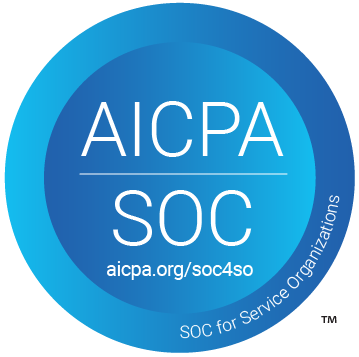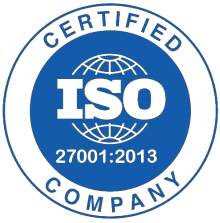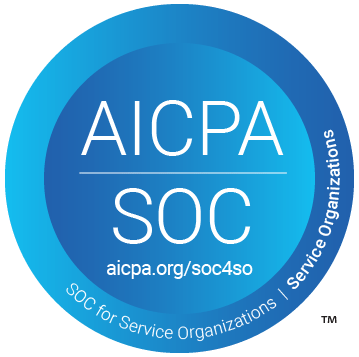Learn how to integrate Trigger with URL and automate document processing using Doc Parcel with this step-by-step tutorial. Transform complex automation concepts into accessible, actionable steps that eliminate unnecessary manual work while maximizing existing application capabilities. with Pabbly Connect.
Watch Step By Step Video Tutorial Below
1. Trigger Integration with Doc Parcel
The first step in this process is to integrate Trigger with Doc Parcel. Trigger is essential for initiating workflows based on specific events. In this case, we are focusing on document processing. using Pabbly Connect
To set this up, log into your Doc Parcel account. Navigate to the integrations section and select the option to create a new webhook. This webhook will serve as a bridge between Trigger and Doc Parcel, allowing for seamless data transfer.
2. Setting Up the URL for Webhook
Next, we need to set up the URL for the webhook in Doc Parcel. This URL is critical as it will connect your document processing tasks with Trigger. To do this, copy the webhook URL provided by Trigger. using Pabbly Connect
- Log into Doc Parcel and go to the Integrations section.
- Select Custom Integrations and choose Simple Webhook.
- Paste the copied URL into the Target URL field.
- Set the payload format to JSON for compatibility.
After filling in these details, click Save and Test. This will ensure that the webhook is properly configured and ready to receive data.
3. Document Processing with Advanced Data and OCR
Once the webhook is set up, we can start processing documents using Advanced Data and Optical Character Recognition (OCR). This step is crucial for extracting structured data from various document formats like PDFs and Word files. using Pabbly Connect
In Doc Parcel, you can choose between different processing options based on your needs. For instance, you can set rules for data extraction from documents in industries like Finance, Logistics, and Healthcare.
- Select the document type you want to process.
- Define the extraction rules for the specific data fields.
- Utilize OCR for scanned documents to enhance data accuracy.
This setup will allow you to automate the data extraction process effectively, ensuring you capture all necessary information from your documents.
4. Configuring Action Steps in Trigger
After setting up the webhook and document processing, it’s time to configure the action steps in Trigger. Action steps define what happens once a document is processed and data is extracted. using Pabbly Connect
In the Trigger interface, you can select various applications to send the extracted data. For example, you may want to send the data to a CRM or a reporting tool. Each of these applications can be integrated to streamline your workflow.
Choose the application you want to connect with Trigger. Map the fields from your document to the application fields. Test the integration to ensure data is flowing correctly.
This configuration allows you to automate various tasks, enhancing efficiency and reducing manual entry errors.
5. Conclusion: Automating Document Workflows
In conclusion, integrating Trigger with URL using Doc Parcel allows for efficient document processing automation. By following the outlined steps, you can connect various applications and streamline your workflows effectively.
Thanks for following along with this tutorial! Remember to subscribe to the channel for more helpful content like this.
If you found this guide useful, please consider giving it a thumbs up and sharing it with others who might benefit from it.
This setup not only saves time but also minimizes errors in data entry, making it ideal for industries like Finance, Logistics, and Healthcare. You can now automate your document workflows with confidence.






